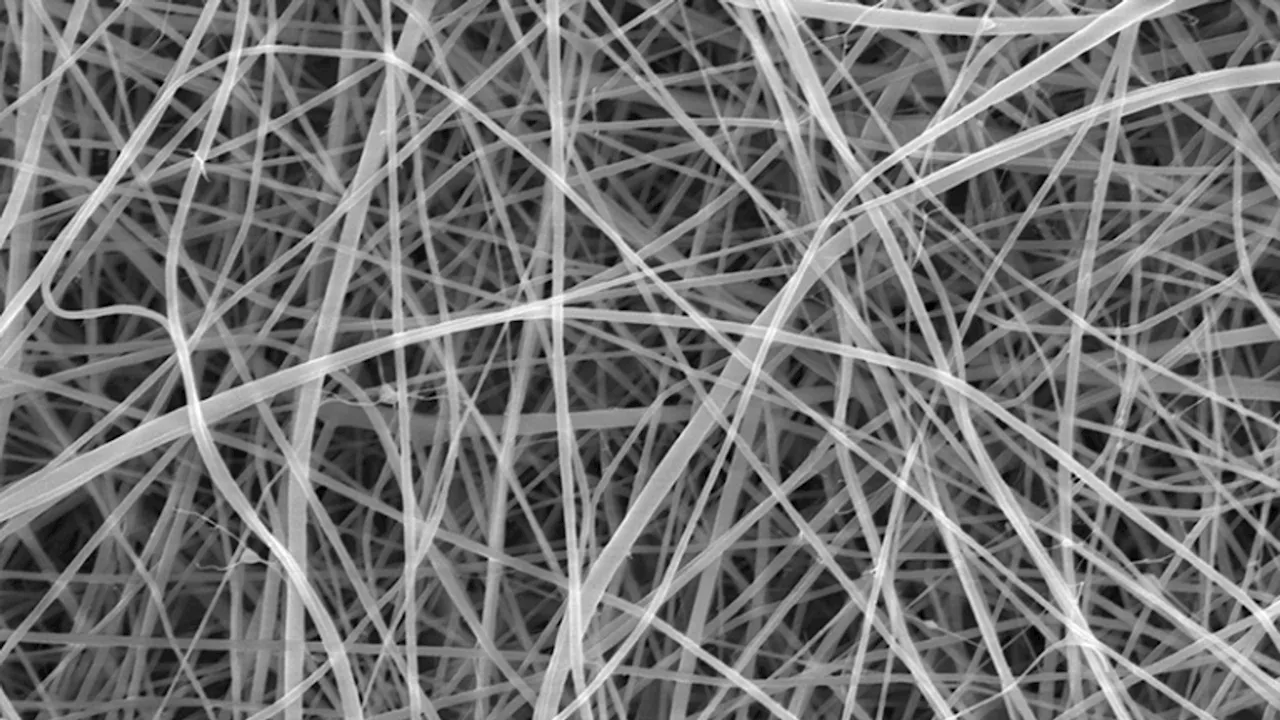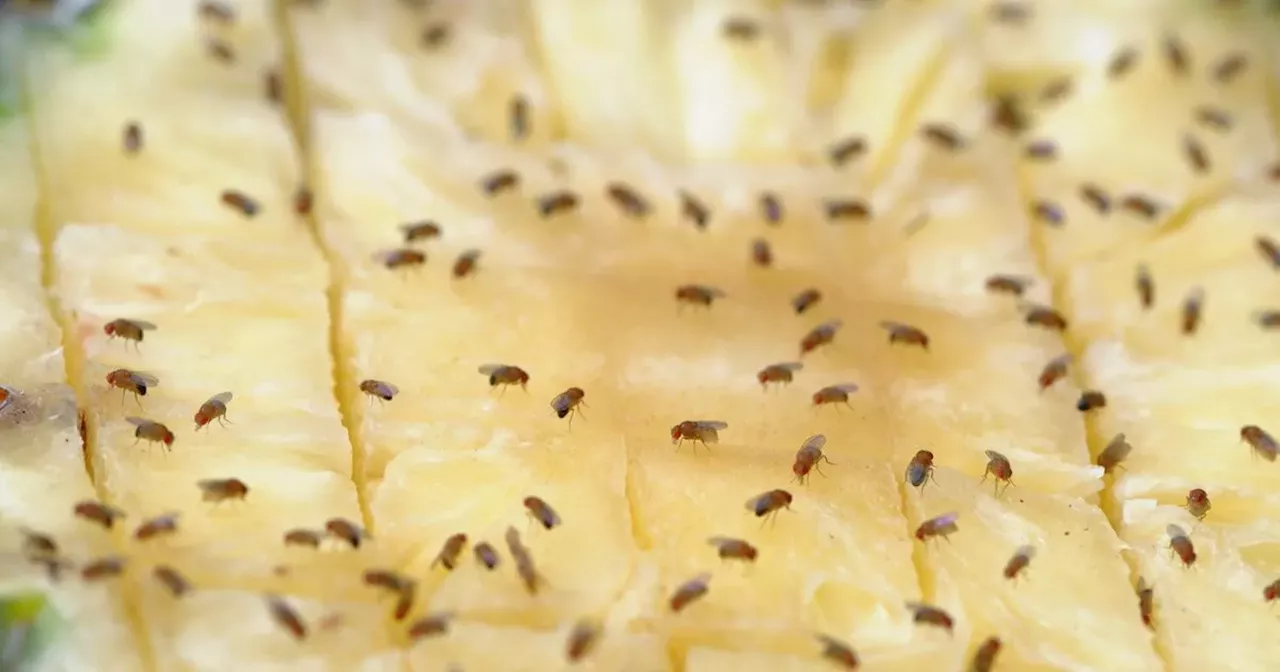A team of chemists at Scripps Research and Rice University has devised a groundbreaking method to synthesize complex, three-dimensional molecules known as piperidines, which are crucial components in many pharmaceuticals. This innovative approach combines biocatalytic carbon-hydrogen oxidation and radical cross-coupling, offering a streamlined and cost-effective alternative to traditional methods. The discovery has the potential to accelerate drug discovery and advance the field of medicinal chemistry.
A team of chemists from Scripps Research and Rice University has developed a novel method to simplify the synthesis of piperidines, a key structural component in many pharmaceuticals. The study, published in Science , combines biocatalytic carbon-hydrogen oxidation and radical cross-coupling , offering a streamlined and cost-effective approach to create complex, three-dimensional molecules. This innovation could help accelerate drug discovery and enhance the efficiency of medicinal chemistry .
Modern medicinal chemists face increasing challenges as they target complex molecules to address difficult biological targets. Traditional methods for synthesizing flat, two-dimensional molecules, such as pyridines, are well established, but strategies for their 3D counterparts, like piperidines, have been far more elusive. To bridge this gap, the team introduced a two-stage process to modify piperidines, which are important in many pharmaceuticals. The first step uses biocatalytic carbon-hydrogen oxidation, a method where enzymes selectively add a hydroxyl group to specific sites on piperidine molecules. This process is similar to a common chemical technique called electrophilic aromatic substitution, which works for flat molecules like pyridines, but here it is applied in a 3D structure. In the second step, these newly functionalized piperidines undergo radical cross-coupling with nickel electrocatalysis. This approach forms new carbon-carbon bonds efficiently by connecting different molecular fragments without the need for extra steps, like adding protective groups that shield parts of the molecule during synthesis or using expensive precious metal catalysts such as palladium. This two-step process dramatically simplifies how complex piperidines are built. We have essentially created a modular approach to simplify piperidine synthesis, analogous to how palladium cross-coupling revolutionized pyridine chemistry decades ag
Piperidine Synthesis Drug Discovery Medicinal Chemistry Biocatalysis Radical Cross-Coupling
United Kingdom Latest News, United Kingdom Headlines
Similar News:You can also read news stories similar to this one that we have collected from other news sources.
 Scientists develop method to study malaria's sticky proteinsScientists have unveiled a new tool for studying the highly variable traits that allow malaria parasites to stick to red blood cells and evade the immune system.
Scientists develop method to study malaria's sticky proteinsScientists have unveiled a new tool for studying the highly variable traits that allow malaria parasites to stick to red blood cells and evade the immune system.
Read more »
 Chemists create world's thinnest pasta that would overcook in 'under a second'A team of chemists in London have created nanopasta that is 'literally spaghetti but much smaller' by pulling flour and liquid through the tip of a needle using an electric charge.
Chemists create world's thinnest pasta that would overcook in 'under a second'A team of chemists in London have created nanopasta that is 'literally spaghetti but much smaller' by pulling flour and liquid through the tip of a needle using an electric charge.
Read more »
 Groundbreaking method profiles gene activity in the living brainA groundbreaking method to profile gene activity in the living human brain has been developed by researchers at FutureNeuro, the Research Ireland Centre for Translational Brain Science and RCSI University of Medicine and Health Sciences, in collaboration with international partners.
Groundbreaking method profiles gene activity in the living brainA groundbreaking method to profile gene activity in the living human brain has been developed by researchers at FutureNeuro, the Research Ireland Centre for Translational Brain Science and RCSI University of Medicine and Health Sciences, in collaboration with international partners.
Read more »
 – follow this '3-step concealer method' to instantly lift eyes'Are you applying your concealer correctly? Follow these expert tips to get it right every time.
– follow this '3-step concealer method' to instantly lift eyes'Are you applying your concealer correctly? Follow these expert tips to get it right every time.
Read more »
 Doctor Michael Mosley's 'quickest' method to lose belly fat and it isn't cardioDr Micheal Mosley was known for his diet and fitness expertise and has helped thousands of people to lose weight over the years.
Doctor Michael Mosley's 'quickest' method to lose belly fat and it isn't cardioDr Micheal Mosley was known for his diet and fitness expertise and has helped thousands of people to lose weight over the years.
Read more »
 Trap fruit flies with 'only' method that works - using 2 items you have at homeFruit flies can be a real pain, even during winter, but one woman has shared a simple hack to get rid of them using just two items you probably already have in your kitchen
Trap fruit flies with 'only' method that works - using 2 items you have at homeFruit flies can be a real pain, even during winter, but one woman has shared a simple hack to get rid of them using just two items you probably already have in your kitchen
Read more »
